Description
The modern landscape of technology and industry demands an equally modern approach to differential equations in the classroom. Designed for a first course in differential equations, the second edition of Brannan/Boyce’s Differential Equations: An Introduction to Modern Methods and Applications is consistent with the way engineers and scientists use mathematics in their daily work. The focus on fundamental skills, careful application of technology, and practice in modeling complex systems prepares students for the realities of the new millennium, providing the building blocks to be successful problem-solvers in today’s workplace.
View more
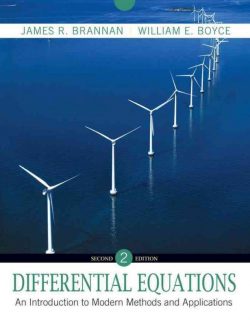
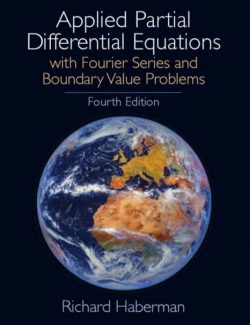
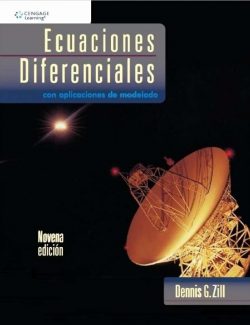
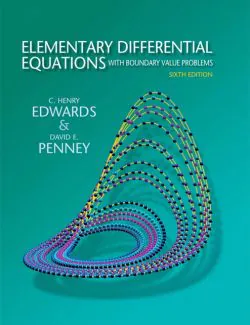
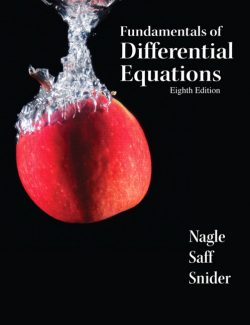
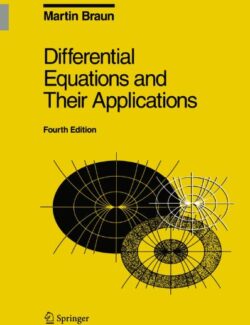
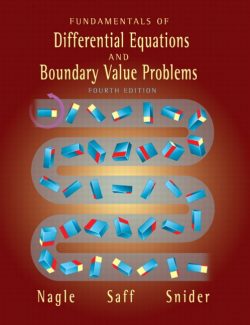
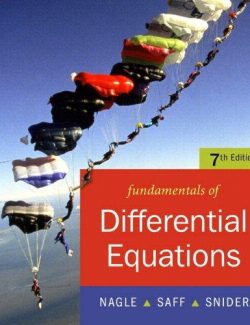
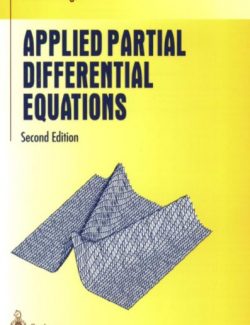
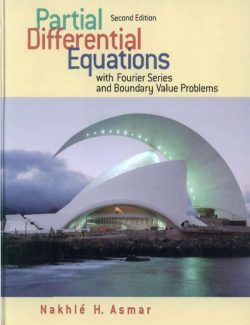
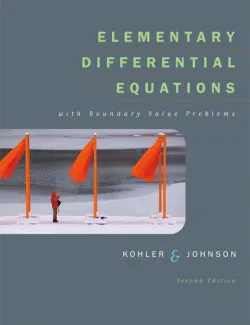
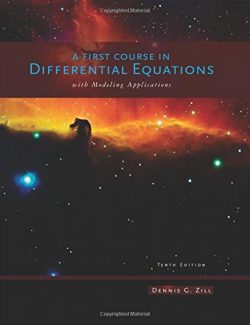
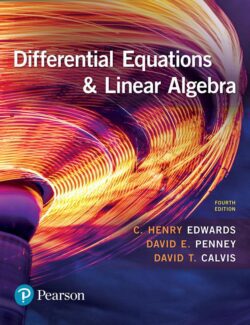
Leave us a comment
No Comments